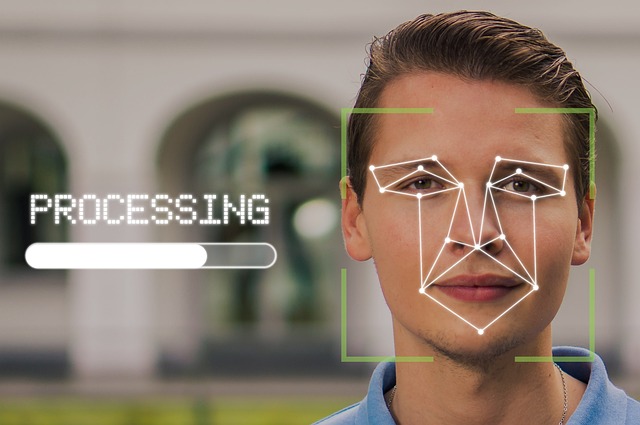
“Unlocking the Power of ER Model in Database Management”
Unlocking the Power of ER Model in Database Management
In the rapidly evolving world of data management, understanding the art and science behind effective database design is crucial. One of the most powerful tools in this domain is the ER model, or Entity-Relationship model. This foundational framework has transformed how database architects design, organize, and interpret data, enabling a seamless flow of information. Whether you are a seasoned database administrator or a newcomer, exploring the intricacies of the ER model can profoundly impact your approach to database management.
What is an ER Model?
The ER model serves as a visual blueprint for data management systems, emphasizing the relationships between various entities in a database. An entity can represent anything—from a tangible object like a customer or product to abstract concepts like events or transactions. By understanding how these entities interact, professionals can create more efficient, robust, and scalable databases.
The Components of an ER Model
To truly appreciate the ER model, it’s essential to dive into its core components:
- Entities: These are the objects or things in the database that hold data. They can be physical items, individuals, or even concepts.
- Attributes: These are the properties or details that define an entity. For example, a customer entity may include attributes such as name, address, and phone number.
- Relationships: These describe how entities are connected. A customer might place an order, creating a relationship between the customer and order entities.
The Importance of Visual Representation
One of the standout features of the ER model is its ability to provide a clear visual representation of data structures. This graphical aspect facilitates better understanding and communication among stakeholders. By representing complex database schemas visually, teams can collaborate more effectively, ensuring that all key elements are considered during the design phase.
Benefits of Using the ER Model
Embracing the ER model in database management has a multitude of benefits:
- Enhanced Clarity: The visual nature of the ER model simplifies complex relationships, making it easier for teams to identify potential issues before they arise.
- Improved Efficiency: By clearly defining and organizing entities and their relationships, database designers can minimize redundancy and optimize queries.
- Future-Proof Design: A well-structured ER model makes it easier to adapt the database to evolving business needs, ensuring longevity and relevance.
Practical Applications of ER Models
The application of the ER model extends across various industries and scenarios. From e-commerce platforms that manage customer orders to healthcare systems tracking patient records, the versatility and power of this model can be harnessed in diverse environments. Moreover, as businesses grow and evolve, having a solid ER framework in place can simplify the integration of new data sources and functionalities.
Getting Started with ER Modeling
If you’re ready to incorporate the ER model into your database management practices, consider the following steps:
- Identify the entities that are crucial to your database.
- Define the attributes for each entity, ensuring they provide meaningful insights.
- Map out the relationships between entities, paying close attention to how they interact.
- Create a visual representation of your ER model using diagramming tools to enhance clarity.
- Review and refine the model through collaboration with stakeholders for optimal results.
Incorporating the ER model into your database management strategy can truly unlock a world of possibilities. As you embark on this journey, remember that a sound database design is not just about organizing data—it’s about enabling your organization to leverage that data effectively.



